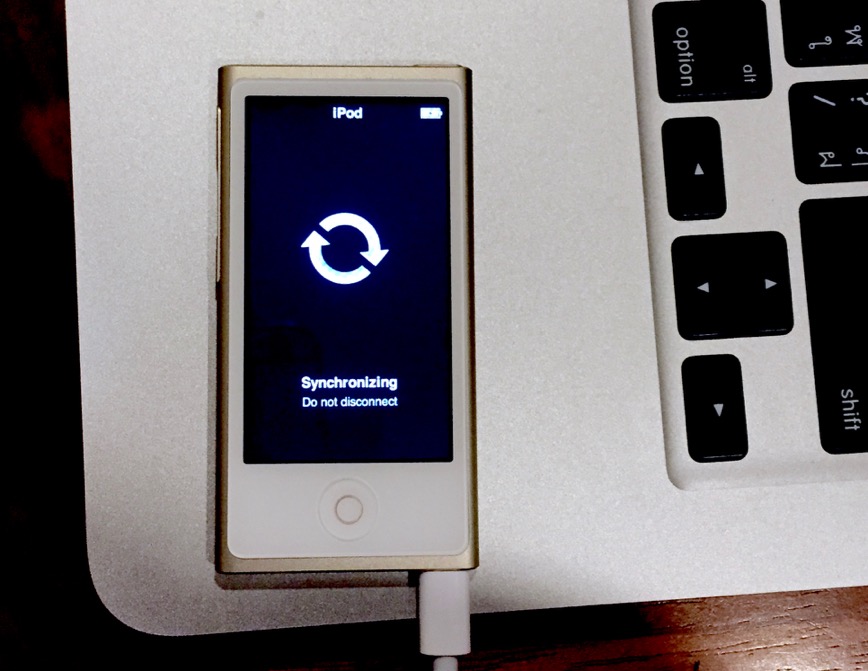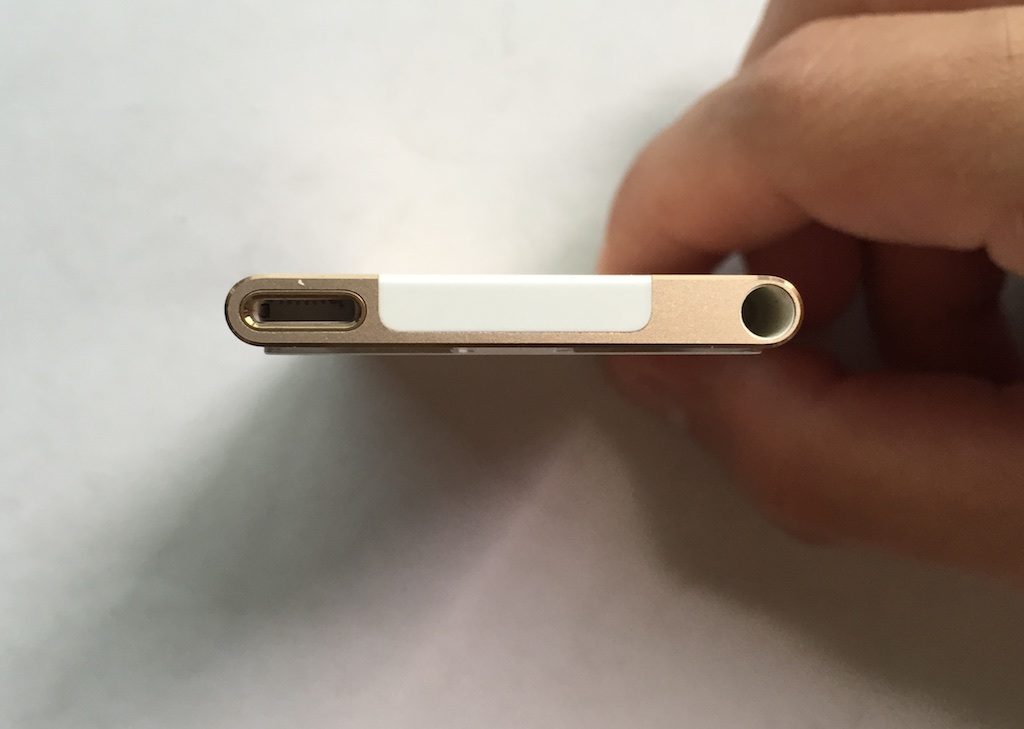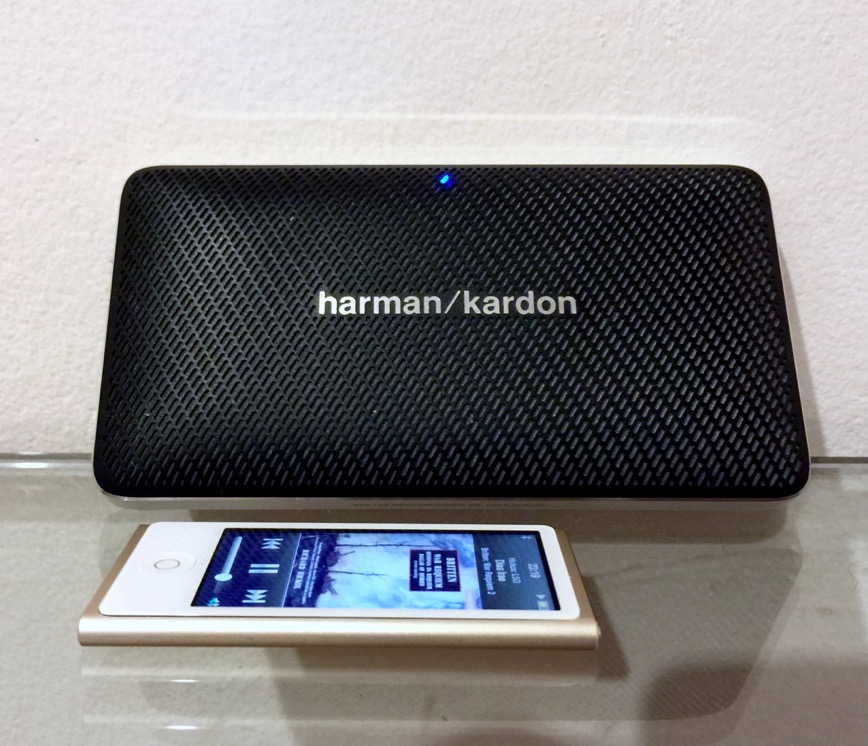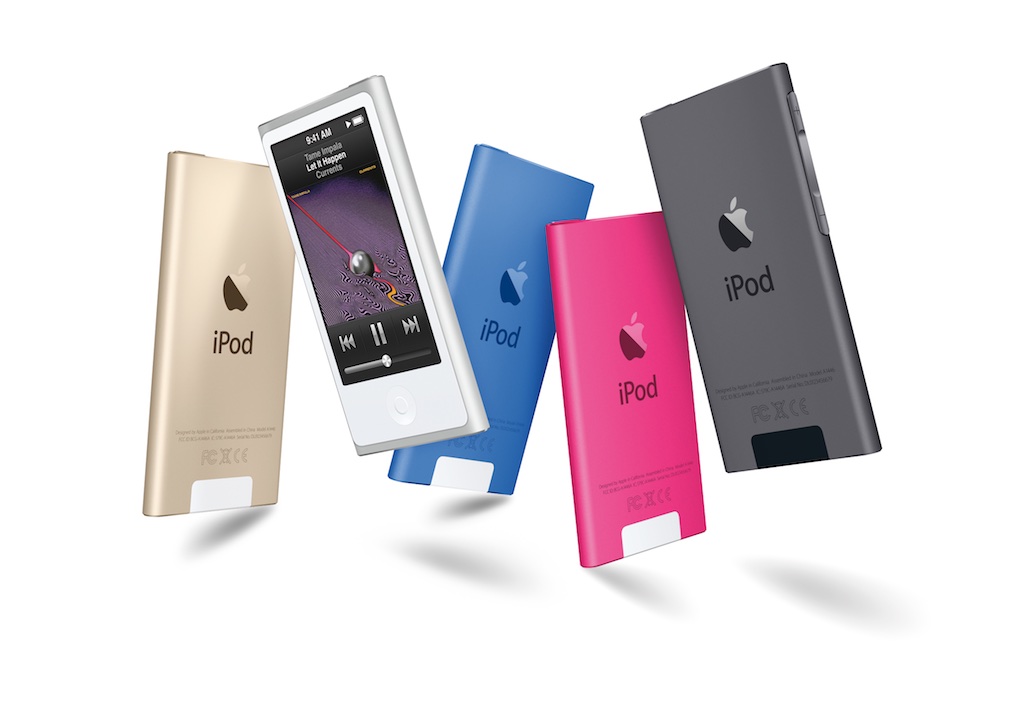Cassandra: iPod nano - Another Updated Member of the iPod Range

AMITIAE - Friday 7 August 2015
|
Cassandra: iPod nano - Another Updated Member of the iPod Range |
 |
|
|
By Graham K. Rogers
Along the way, product cannibalization will occur and this does not worry Apple one bit. It does worry Wall Street. This may be the MacBook taking sales from the MacBook Air; the iPad taking sales from the Mac; or the iPhone 6 Plus taking sales from the iPad mini. The iPod has seen a decline in sales in recent years with the arrival of the iPhone. When the iPod with the hard disk was withdrawn a couple of years back, heads shook, eyes rolled. Tim Cook said that this was due to the lack of available parts. Apple continued selling the flash-based iPods and when Apple Music went live on 30 June, some images showed iPods with new colors. The iPod shuffle was given a (metaphorical) dusting, and the iPod nano had new colors and a Lightning connector. The iPod touch was updated with new insides. I have been playing with these latest iPods this week and there is still much going for them. A couple of days ago I looked at the iPod shuffle. Well made, light and able to belt out the music despite its 12.5 grams weight.
iPod nanoThe iPod nano (7th Generation) is slightly heavier at 31 grams and its capacity at 16 GB allows it to hold considerably more music than the 2 GB shuffle. It also handles Photos, Videos, Podcasts, as well as being able to receive radio transmissions; and it works with the Nike+ Fitness system. The iPod software also has settings for Accessibility: features on many Apple products that can help certain disabled users.In the box, along with basic documentation in English and Thai, was a USB - Lightning connector (replacing the 32-pin type with earlier versions of this iPod) and a set of the latest design ear buds, but without the volume controls that those with the iPhone have. For those who want full details, there is a PDF manual available online. There is no charger, so unless one has a connector (like with the iPhone) this works with the computer. When the iPod nano starts, the user is asked to choose the language with English (US) at the top of the list. This can be changed later using Settings. Thai is 1 of the 35 languages currently available. The main screen opens with 6 icons: Music, Videos, Fitness, Podcasts, Photos and Radio. Scrolling to the second screen showed me Clock and Settings. I was able to move these about in the same way as icons can be moved on iOS devices. The iPod came set for Cupertino (Pacific Time). I had to change the time zone myself and the time displayed on the clock-face immediately adjusted to the correct time for Bangkok. There was also a choice of several clock faces. The iPod nano does not link to iCloud like iOS devices, so as well as charging, all synchronisation has to be via iTunes on a computer. There is no Wi-Fi and Bluetooth (4.0) is for connecting to speakers, or Nike+. There is also no ability to link to the Apple Music services.

After Photos, I tried Music. There was not enough for all of my music and photos, so I selected Artists separately, ending up with 1.49 GB free space and just over 1,500 songs. I could also have selected music using Playlists, Genres or Albums.
Some Tech StuffThe iPod nano has had several shape-changes since it was introduced not long after Apple dropped the iPod mini. It became thinner in late 2008 but still had the click-wheel and a smaller screen; in 2010 it was iPod shuffle-sized but with a screen and weighed 21 grams. Two years later, it was released in the form similar to what we have now, but with this latest release, the connector has been changed from the original 32 pins and now uses the Lightning to USB cable.

The other change - which many noticed at the time of the Apple Music arrival - is to colors available. These are now space grey, gold, silver, pink, blue and (Product) red: the same as for the iPod shuffle.
SoundWhen I tried the iPod shuffle earlier this week I was surprised at the volume and clarity the device was able to produce through the ear buds. I tried both the old and new types, finding both acceptable. One must accept this is never going to produce the high-quality stereo that a Hi Fi enthusiast would be looking for. No one has ever claimed that.I tried the ear buds from my iPhone initially, but then paired my Harman Kardon Esquire Mini speaker. Using the iPod shuffle I had commented on the output of Rex Tremendae from the Mozart Requiem. With the iPod nano I tried Britten's Requiem, which is difficult because of its soft and loud sections; and Mozart's Coronation Mass. This was a remastered recording from Pristine Classical and dates from 1956.

RadioA feature that is not available on the iPhone is Radio: this needs the ear buds to be connected as an antenna. A new connector may need to be rotated. I noticed that a couple of cables I tried needed to be encouraged both to act as antenna and to produce sound. I am unsure of there were some coating within the sound output connector. There are regional settings and I made sure that Asia was selected. Americas, Australia, Europe and Japan are also shown. I was able to connect to a number of Thai stations from 87.5 MHz to 108 MHz. To save scrolling through the radio dial to change stations there are quick-seek buttons (left/right, Up/down) and users can tap to set favorites.
VideoBecause of the space I had left, I only tried a couple of videos, but chose the ones I used particularly for the quality of the originals: one came from Apple; and one from iTunesU (Teachers' Domain - Trebuchet). Despite the small screen area, the display was quite good with these videos. The image was sharp and clear, although a few degrees from a direct view, some loss of clarity was evident. Viewed full on, there was no problem. Sound via the ear buds was faithfull to the original too.
PhotosI had transferred a good proportion of the images I had in my Photos Library (2966). All Photos displayed in date order, so to look at the most recent, I had to scroll through the entire collection each time. I found no setting to change the order. It would be better to use Albums.As with the videos (above) display of images was crisp and clear. A double-tap enlarged the image to fill the screen. Controls at the bottom of the screen allow a slide show to be started or to scroll backwards and forwards through the album one image at a time.

iPod nano - Image Courtesy of Apple
Pricing and CommentsDespite the top level products like the iPhones, Apple still sees a market for such devices and they keep selling. The size and light weight are advantages for those who exercise. Bluetooth makes linking with speakers and headphones easy, and displays are not a strain on the eyes.The US price for the iPod nano is $149 (5248 baht). With 7% (for VAT) added to this figure the 5,616 baht I calculated is slightly less than the 5,900.00 quoted on the Thai pages. These pages have just been rejigged along with all Apple pages and working my way through the Thai language to find the prices is a chore. As I wrote earlier, "For me this will mean some page switching and the ease that I had previously experienced will be diminished." The lightness of the iPod nano also gives it value as a device used when exercising. I would not want an iPhone 6 (and certainly not an iPhone 6 Plus) strapped to my arm if I were out exercising, so the nano can be a complementary device.
See also:Cassandra: iPod shuffle - A New Look at a Refreshed ProductCassandra: iPod touch - Updated Member of the iPod Range with Much Still to Offer
Graham K. Rogers teaches at the Faculty of Engineering, Mahidol University in Thailand. He wrote in the Bangkok Post, Database supplement on IT subjects. For the last seven years of Database he wrote a column on Apple and Macs. He is now continuing that in the Bangkok Post supplement, Life. |
|

For further information, e-mail to
Back to
eXtensions
Back to
Home Page